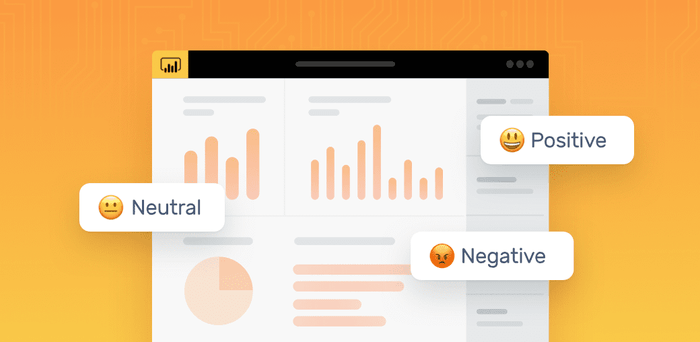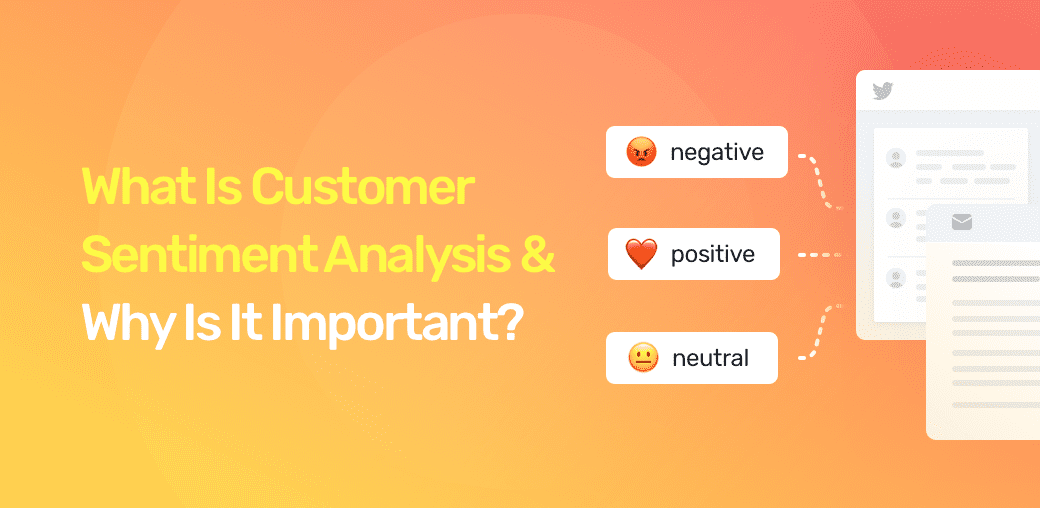Customer Sentiment Analysis
Customer sentiment analysis is a crucial tool for businesses seeking to understand and respond to customer attitudes and emotions. This process involves using advanced algorithms and natural language processing (NLP) to analyze customer feedback, reviews, social media posts, and other textual data to determine the overall sentiment—whether positive, negative, or neutral.
One of the primary benefits of sentiment analysis is its ability to provide real-time insights into how customers perceive a brand, product, or service. By monitoring and analyzing customer sentiment continuously, businesses can quickly identify emerging trends, potential issues, and areas of improvement.
Advanced sentiment analysis tools can categorize feedback into specific sentiment categories and detect nuanced emotions such as joy, anger, frustration, and satisfaction. This granularity helps businesses understand the underlying reasons behind customer opinions and tailor their strategies accordingly.
Integration with various data sources is essential for comprehensive sentiment analysis. Effective tools pull data from customer surveys, support tickets, social media platforms, and online reviews, offering a holistic view of customer sentiment across multiple touchpoints.
Moreover, sentiment analysis provides actionable insights that can inform marketing strategies, product development, and customer service improvements. By understanding customer emotions, businesses can create targeted campaigns, enhance product features, and improve customer interactions to foster loyalty and satisfaction.
Additionally, sentiment analysis helps in competitive benchmarking. By comparing customer sentiment towards their brand with that of competitors, businesses can identify strengths and weaknesses relative to the market, enabling more informed strategic decisions.
In summary, customer sentiment analysis leverages advanced technology to transform raw data into valuable insights, helping businesses enhance their understanding of customer perceptions and drive better business outcomes.





